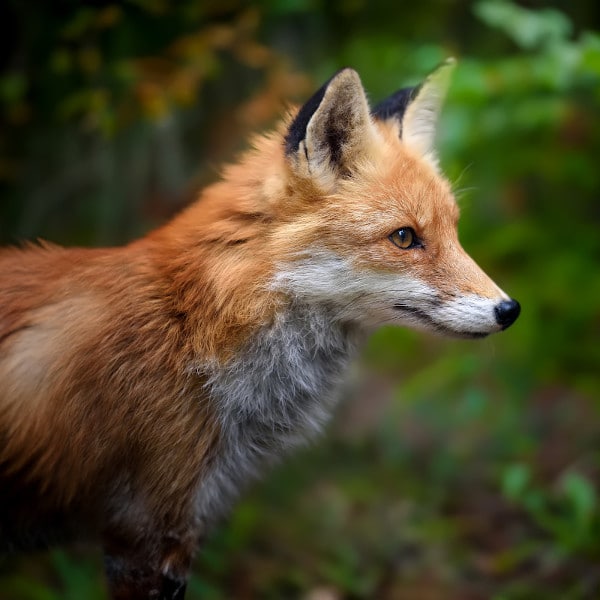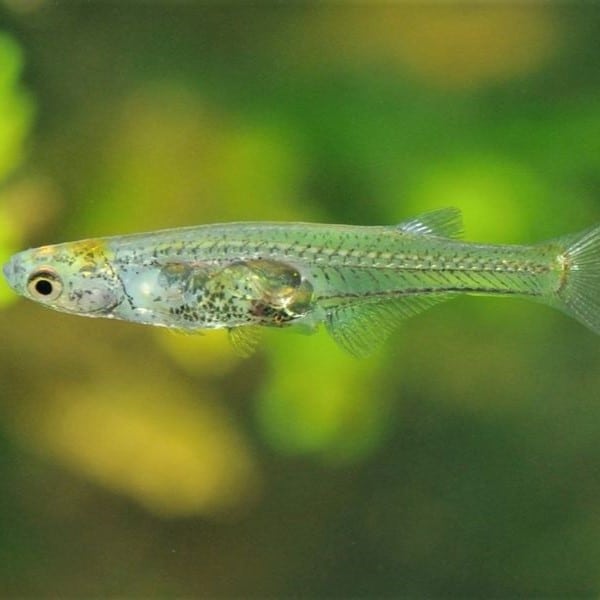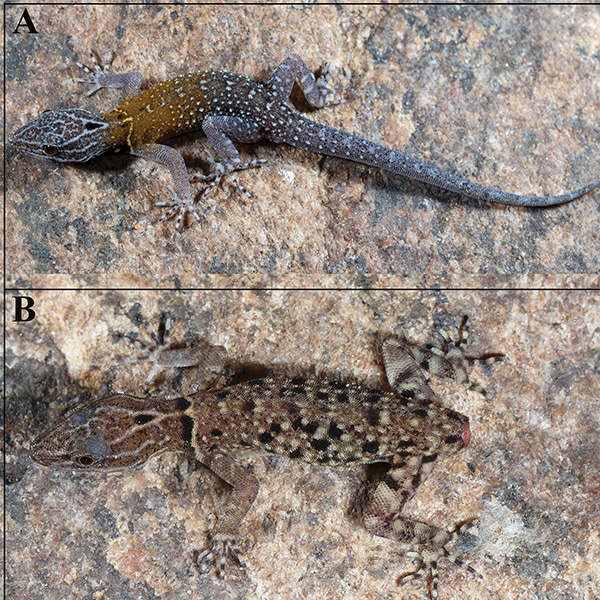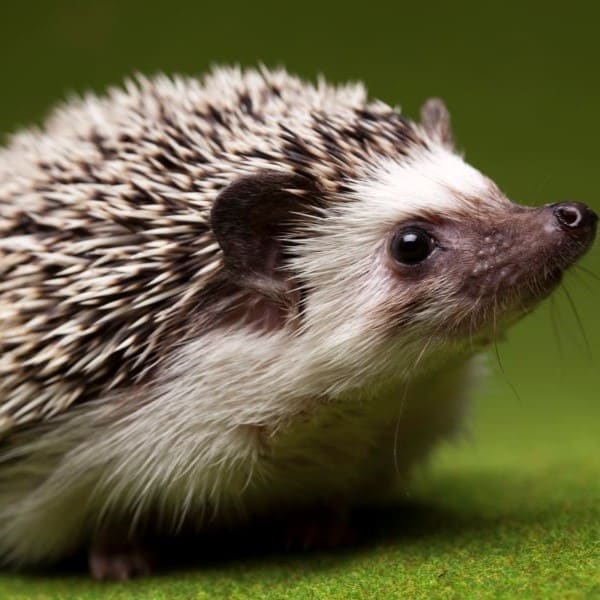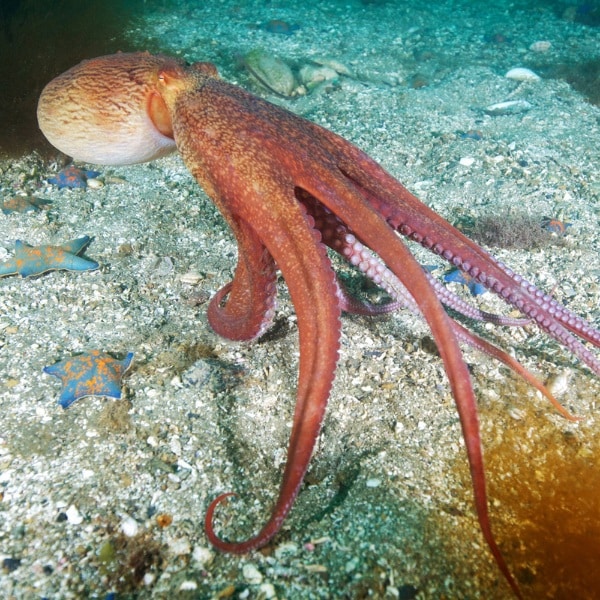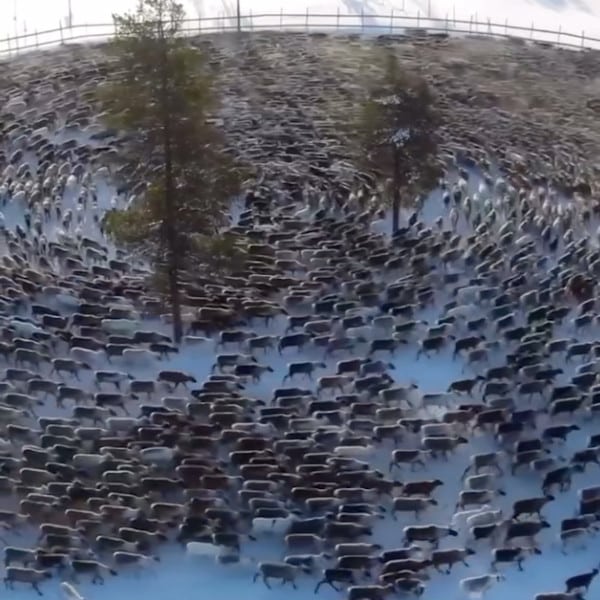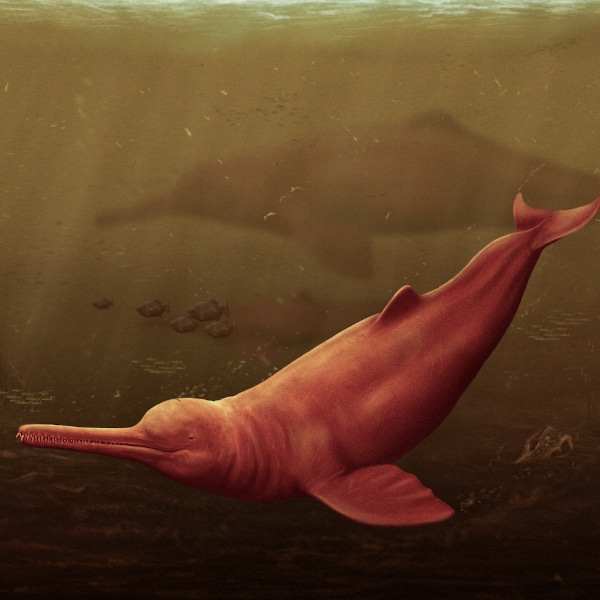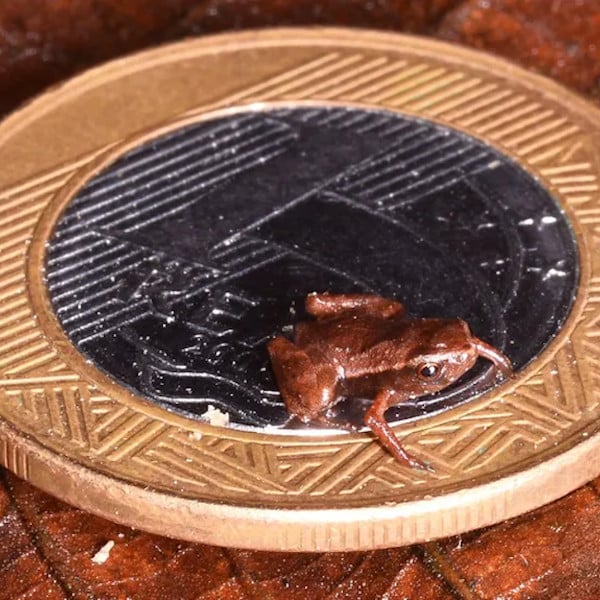
American Pika (Photo: MarinaPoushkina/Depositphotos)
Putting together a beautiful bouquet is something that florists and botanical artists spend a lot of time practicing. However, there are some critters who are born with this talent. Scurrying across the mountains of North America is a species related to rabbits that has a special affinity for collecting blooms. The American pika is a small, adorable rodent that works hard in the summer collecting wildflowers to snack on in the winter. It even goes so far as to dry them out so they make it through the seasonal changes.
Cedar Breaks National Monument in Utah shared a heartwarming photo of a pika carrying an artful arrangement of flowers in its mouth. The image is so idyllic, it's hard to believe that this little animal does this task unknowing of its aesthetic value. “Pikas do not hibernate and will collect wildflowers and grasses in the summertime and lay them out on the rocks in the sun to dry them,” Cedar Breaks National Monument says. “They do that so their food does not go moldy during the winter. These are called ‘Haystacks' and they are stored in their dens till wintertime.”
It's not easy to capture an American pika at work. Since they are a prey animal, they have to be swift to complete their job without getting noticed by birds and other predators. Grand Teton National Park in Canada posted several images of pikas carrying plants, adding some impressive facts about the animal. “These haystacks can weigh upwards of 60 pounds by the end of summer,” the park writes. “The pint-sized pika still has a lot of collecting to do, but he's off to a great start!”
Visitors to these protected natural settings may not realize that even wildflowers are vital to the ecosystems, so sharing information about the pika helps educate anyone traveling through national parks in North America. “All plants in the park are protected. Remember, it is illegal to pick any wildflowers inside Cedar Breaks National Monument,” the team says. “You can help leave no trace by taking only photographs and leaving only footprints. Help protect the plants by walking on designated trails.” By leaving the flowers where they are, you are probably assisting a pika put together its next bouquet.
The American pika is a small animal related to the rabbit.
View this post on Instagram
It forages wildflowers in the summer and lays them out on rocks to dry them.
Pikas do not hibernate, so these “haystacks” that look like little bouquets are stored in their den for the winter.
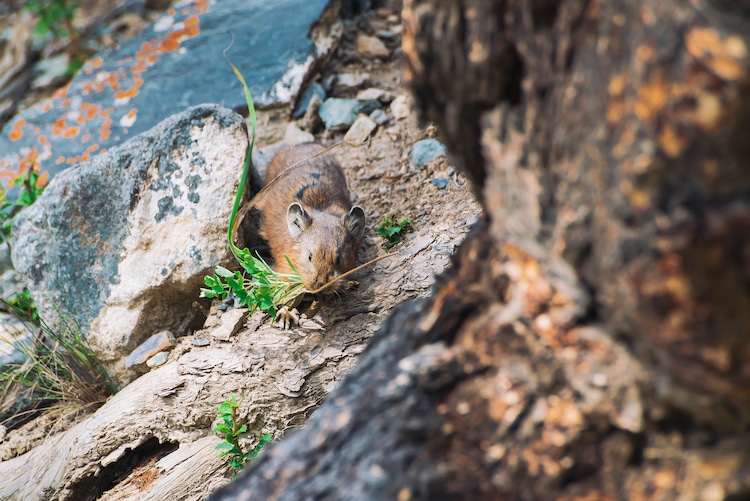
American Pika (Photo: daniilphotos/Depositphotos)
“These haystacks can weigh upwards of 60 pounds by the end of summer,” Grand Teton National Park writes.
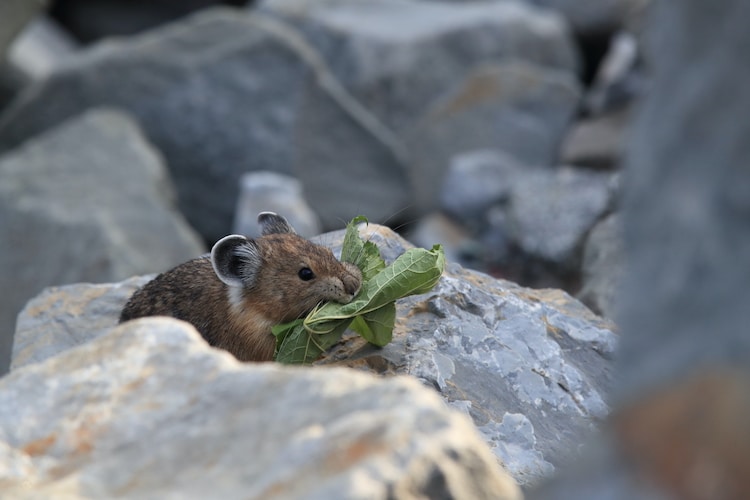
American Pika (Photo: FrankFF/Depositphotos)
Pikas are native to the mountains across North America.
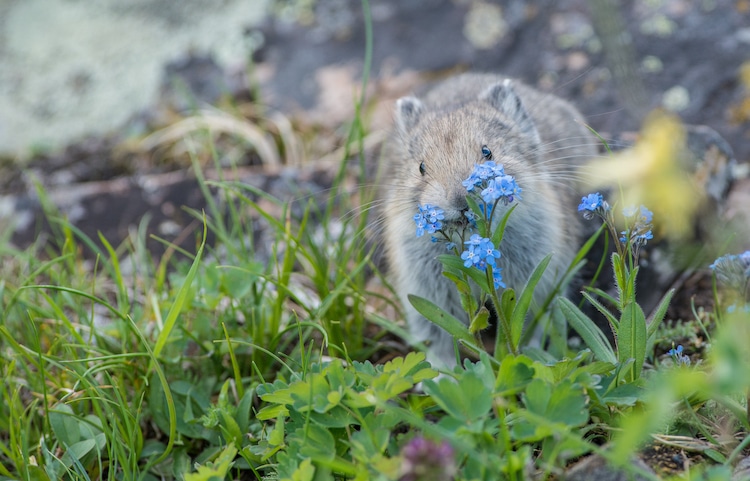
American Pika (Photo: [email protected]/Depositphotos)
It's important to not pick wildflowers in their environment, as you could be taking away a pika's food.
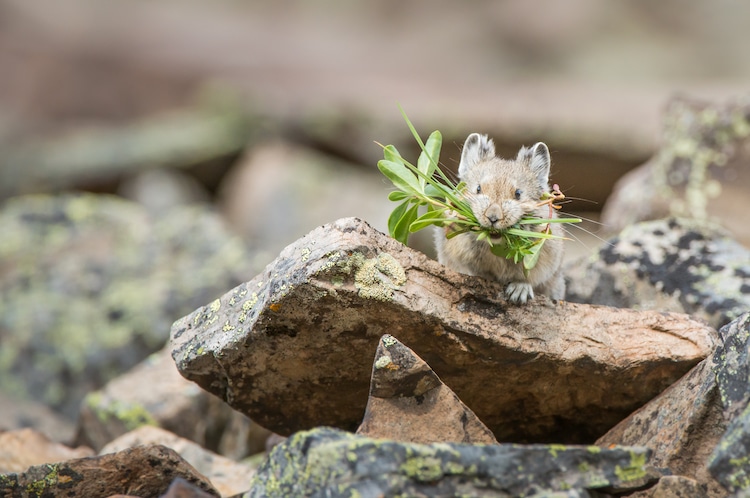
American Pika (Photo: [email protected]/Depositphotos)
h/t: [The Dodo]
Related Articles:
Bear Wakes Up From Long Nap Looking Hilariously Disheveled
Study Finds That 4-Month-Old Ravens Are as Intelligent as Adult Apes












































































